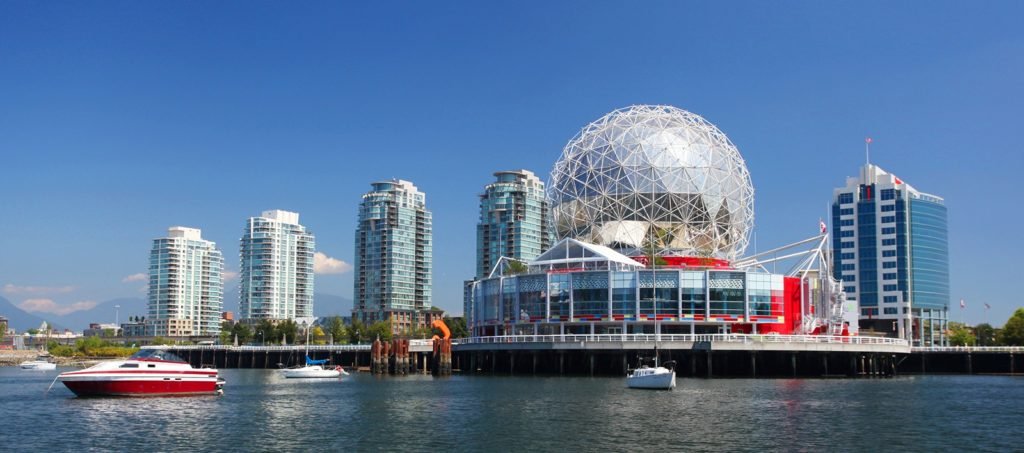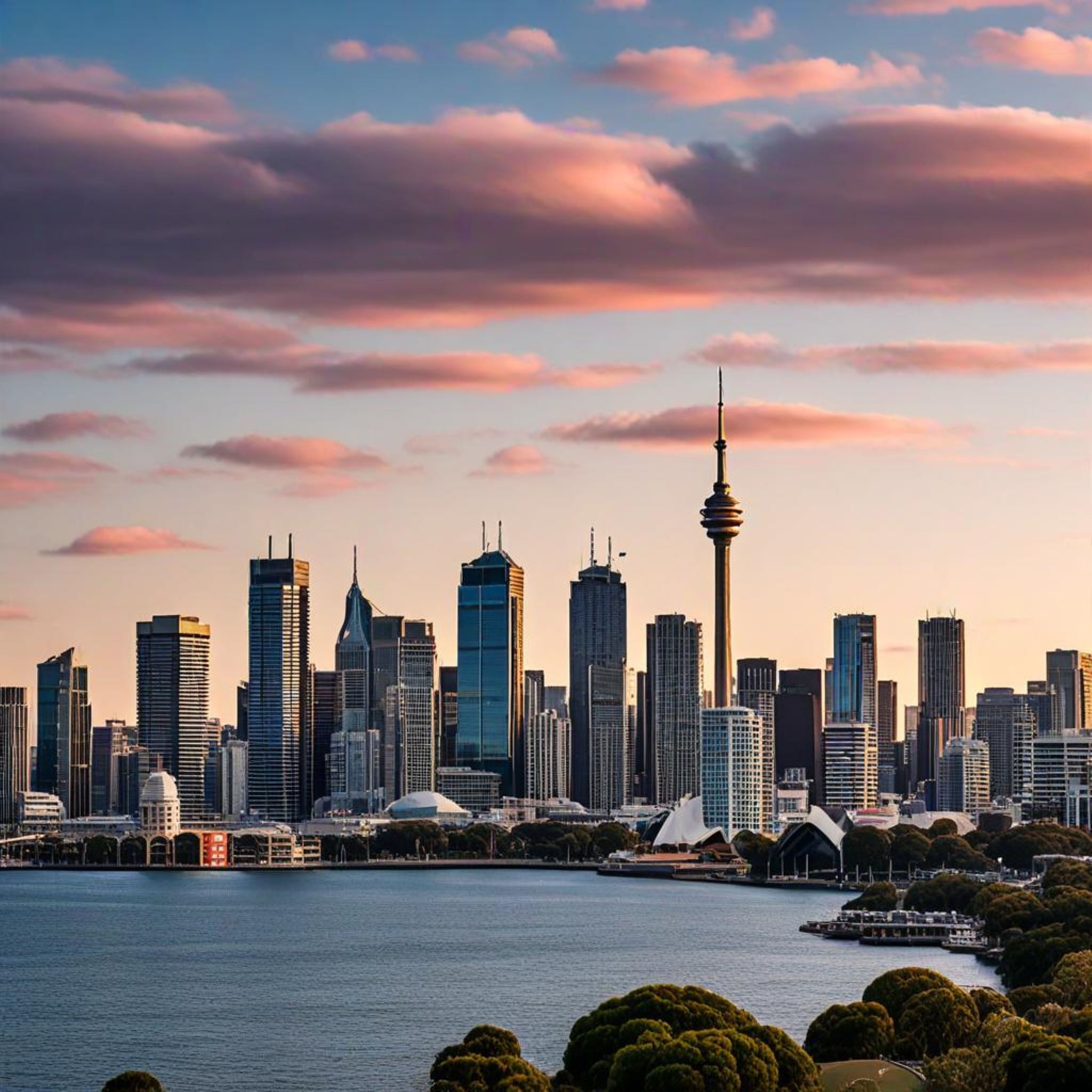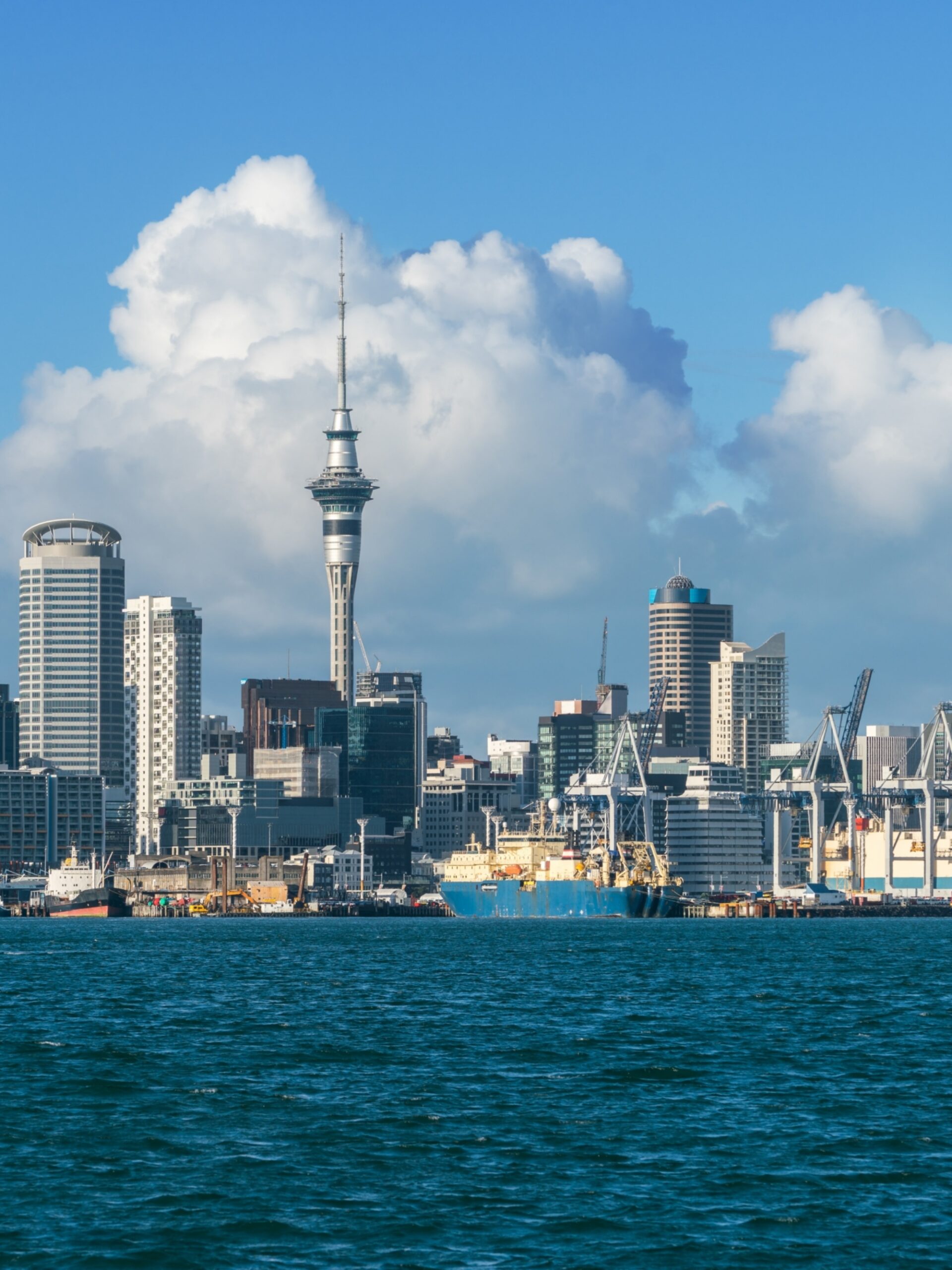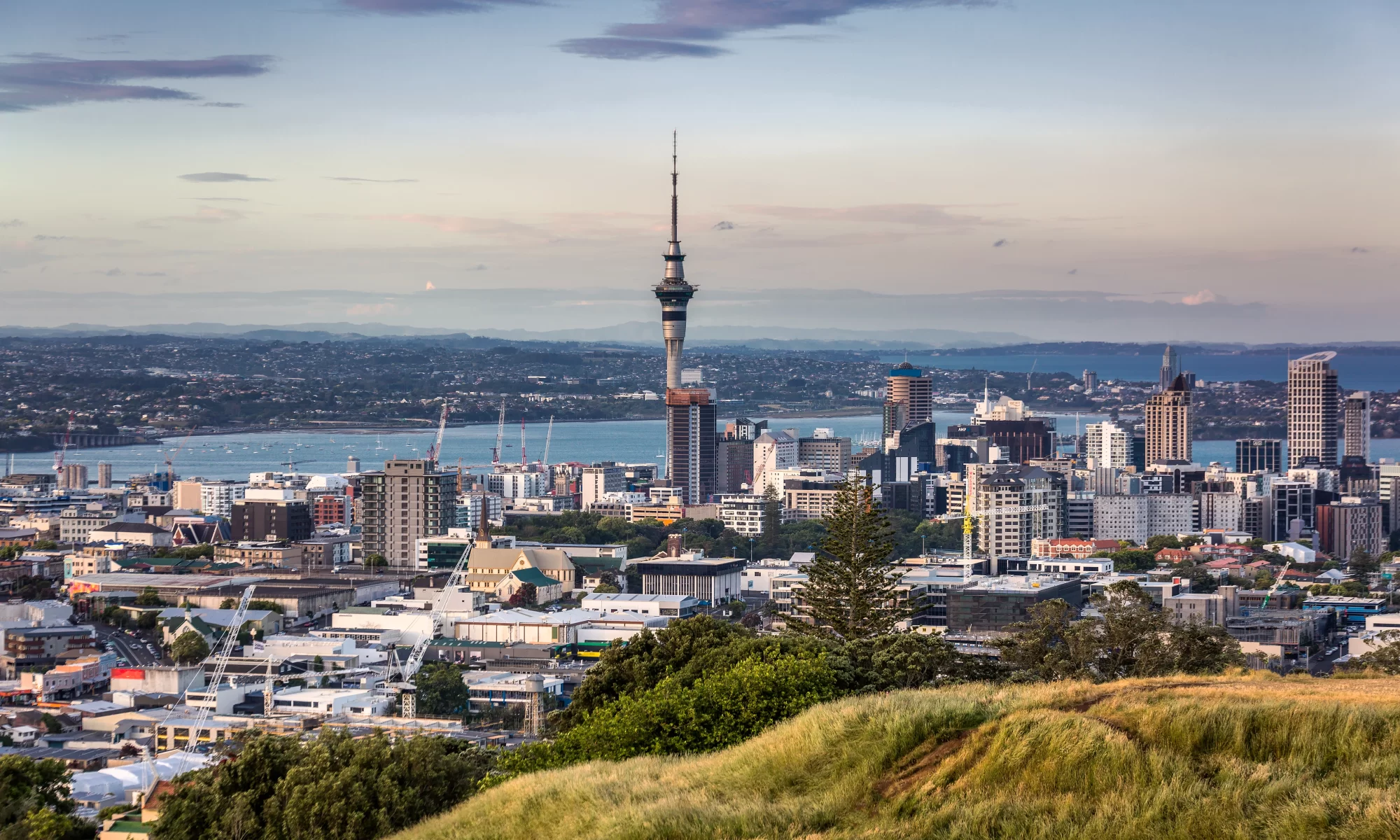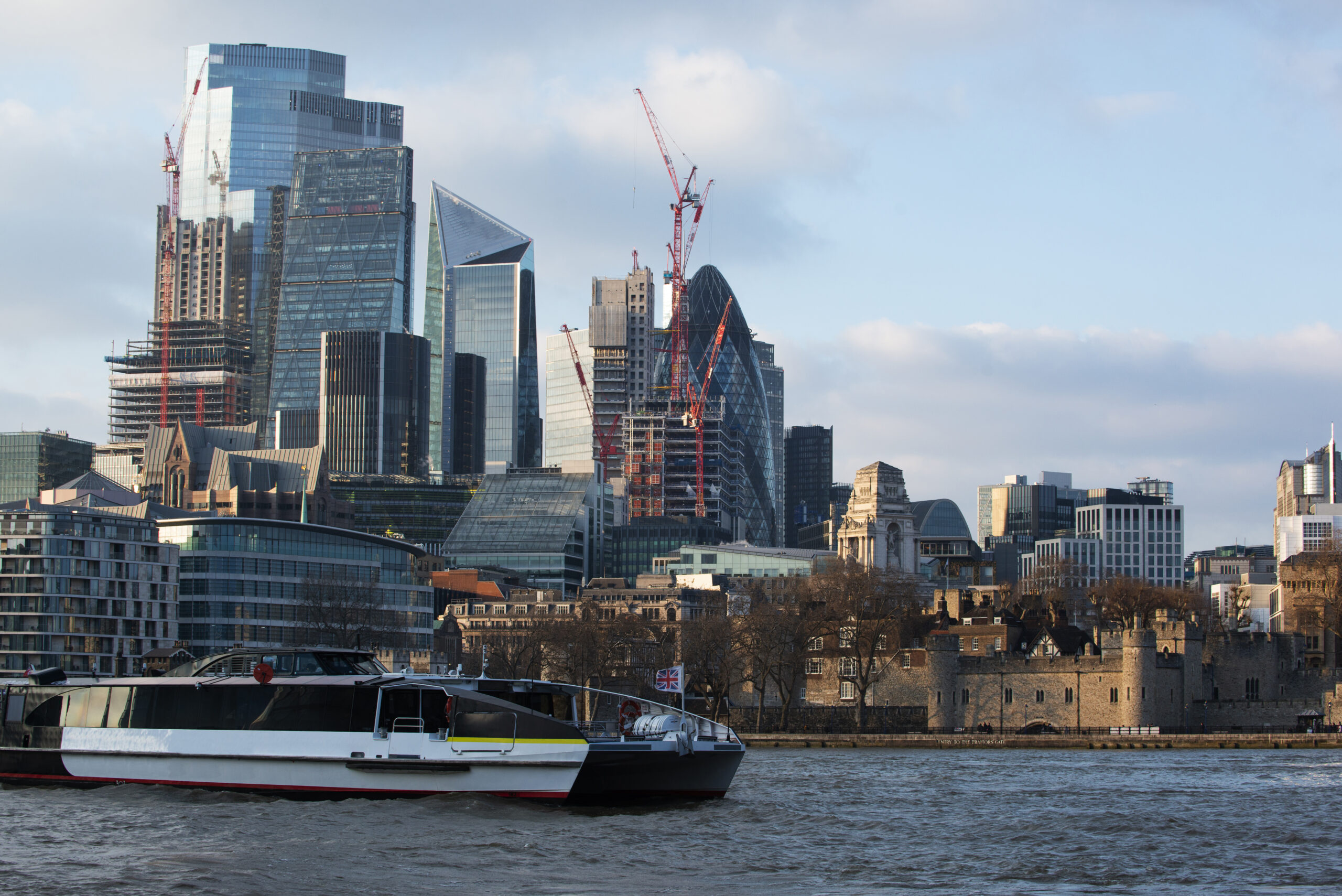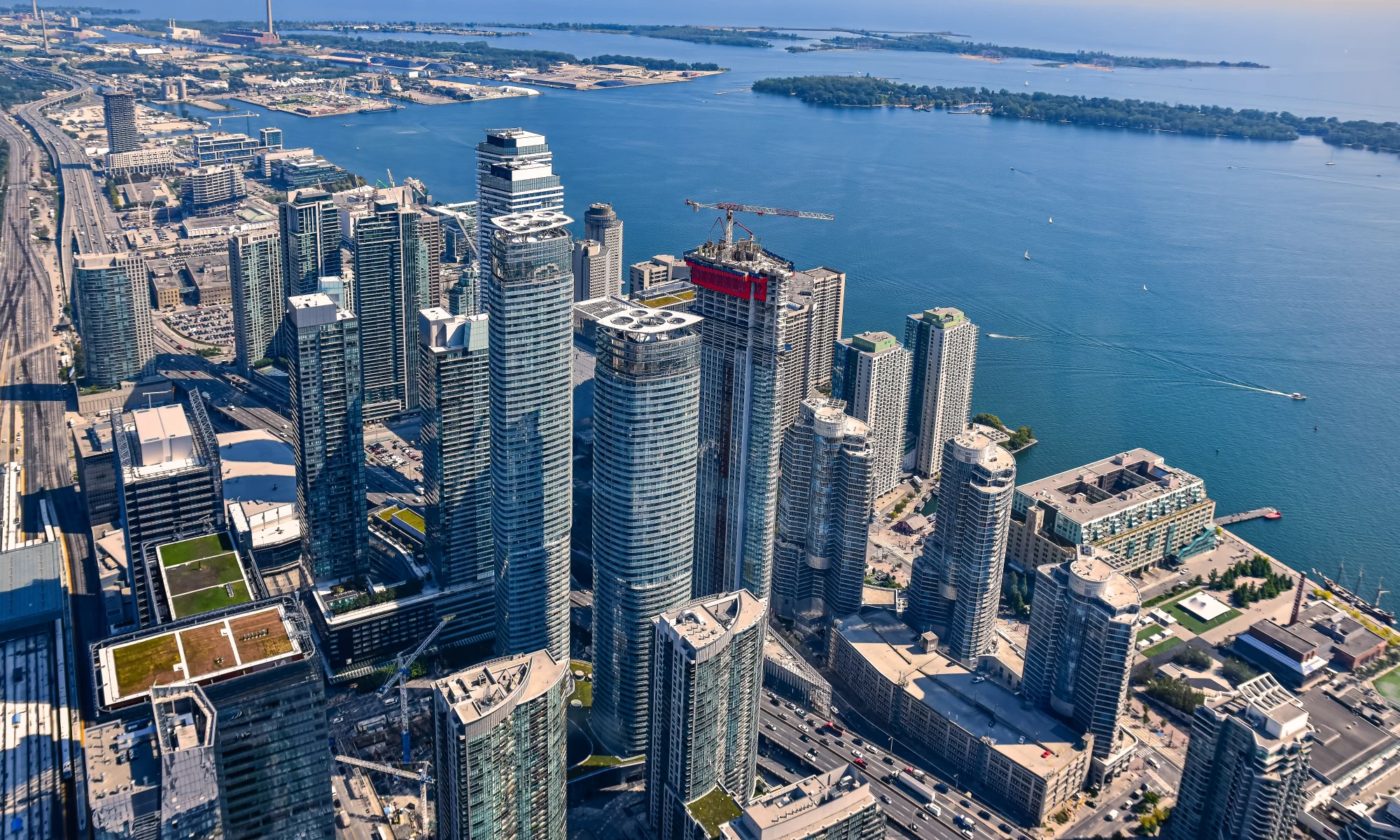Europe’s rich history, diverse cultures, and stunning landscapes make it a dream destination for travelers. For many, the Schengen Visa is the key to exploring multiple European countries on a single trip. This blog delves into what the Schengen Visa is, how it works, and what you need to know to obtain one, making your European journey seamless and enjoyable.
What is the Schengen Visa?
The Schengen Visa is a short-stay visa that allows travelers to move freely between the 27 countries within the Schengen Area, which includes most European Union (EU) member states and a few non-EU countries. This visa facilitates travel across borders without the need for multiple visas for different countries within the area.
The Schengen Area comprises popular destinations like France, Germany, Italy, Spain, and the Netherlands, among others. The visa is named after the Schengen Agreement, which was signed in 1985 and established the framework for border-free travel within the region.
Types of Schengen Visas
The Schengen Visa is primarily issued for short stays, but it can be categorized based on the purpose of travel:
- Tourist Visa: For travelers visiting for leisure, sightseeing, or visiting friends and family. This is the most common type of Schengen Visa.
- Business Visa: For those traveling for business purposes, such as attending meetings, conferences, or negotiating contracts.
- Transit Visa: For travelers passing through the Schengen Area to reach another destination outside the Schengen Zone. This visa is usually valid for a short period and allows for airport or port transit.
- Cultural, Sports, or Official Visit Visa: For those participating in cultural events, sports activities, or official visits organized by governmental or international organizations.
How to Apply for a Schengen Visa
Applying for a Schengen Visa involves several steps:
- Determine the Type of Visa: Identify the type of Schengen Visa that fits your purpose of travel. The application process and requirements might vary slightly based on the visa type.
- Choose the Right Country: Apply for the visa at the embassy or consulate of the country where you will spend the most time. If spending an equal amount of time in multiple countries, apply to the embassy of the country you will enter first.
- Gather Required Documents: The essential documents typically include:
- A valid passport with at least two blank pages and a validity extending at least three months beyond your planned departure from the Schengen Area.
- A completed and signed Schengen Visa application form.
- Recent passport-sized photographs meeting the visa photo requirements.
- Proof of travel arrangements, including flight bookings and hotel reservations.
- Travel insurance covering medical emergencies with a minimum coverage of €30,000.
- Proof of financial means to support your stay, such as bank statements or a sponsorship letter.
- A cover letter detailing the purpose of your visit and itinerary.
- Submit Your Application: Schedule an appointment and submit your application at the relevant embassy or consulate. Some countries also offer visa application centers (VACs) for processing. Pay the visa fee, which varies depending on the type of visa and age group.
- Attend an Interview (if required): Some applicants may be asked to attend an interview where they provide additional information about their trip and answer questions about their application.
- Wait for Processing: Processing times for a Schengen Visa usually range from 15 to 30 days, but it can vary based on the time of year and the embassy or consulate workload.
Key Benefits of the Schengen Visa
- Travel Freedom: The Schengen Visa allows you to travel to multiple countries within the Schengen Area with a single visa, making it convenient for tourists and business travelers alike.
- Short-Stay Flexibility: The visa permits stays of up to 90 days within a 180-day period, providing flexibility for various travel plans.
- Simplified Border Crossing: With the Schengen Visa, you avoid the need for border checks between member countries, making your travel experience smoother and more enjoyable.
Considerations and Tips
- Visa Validity: Ensure that you understand the validity period of your visa and adhere to the allowed duration of stay to avoid penalties or future travel restrictions.
- Document Accuracy: Provide accurate and complete documentation to avoid delays or rejections. Double-check the visa requirements for the specific embassy or consulate where you are applying.
- Travel Insurance: Verify that your travel insurance meets the Schengen visa requirements and covers all necessary aspects, including emergency medical expenses and repatriation.
- Plan Ahead: Apply for your visa well in advance of your planned travel dates to account for processing times and any potential issues.
Conclusion
The Schengen Visa is an invaluable tool for travelers wishing to explore Europe’s diverse and beautiful destinations. By understanding the application process, gathering the necessary documents, and complying with visa regulations, you can ensure a smooth and enjoyable journey through the Schengen Area. Whether you’re traveling for leisure, business, or transit, the Schengen Visa opens the door to a world of possibilities across Europe’s borderless landscape.

